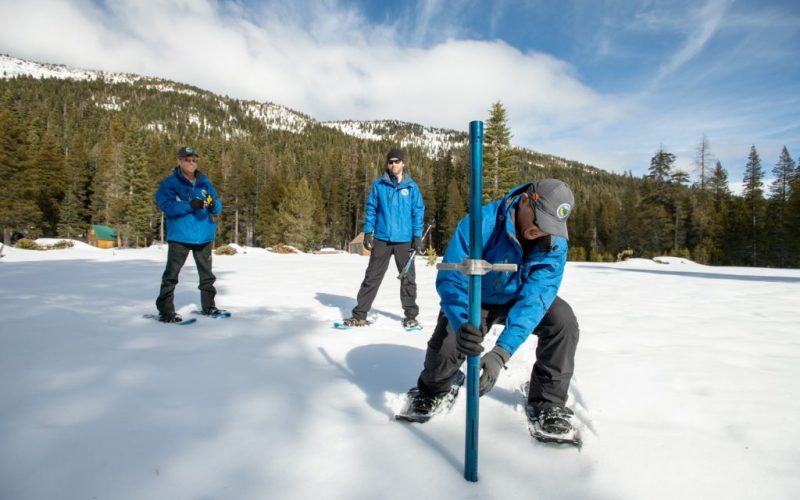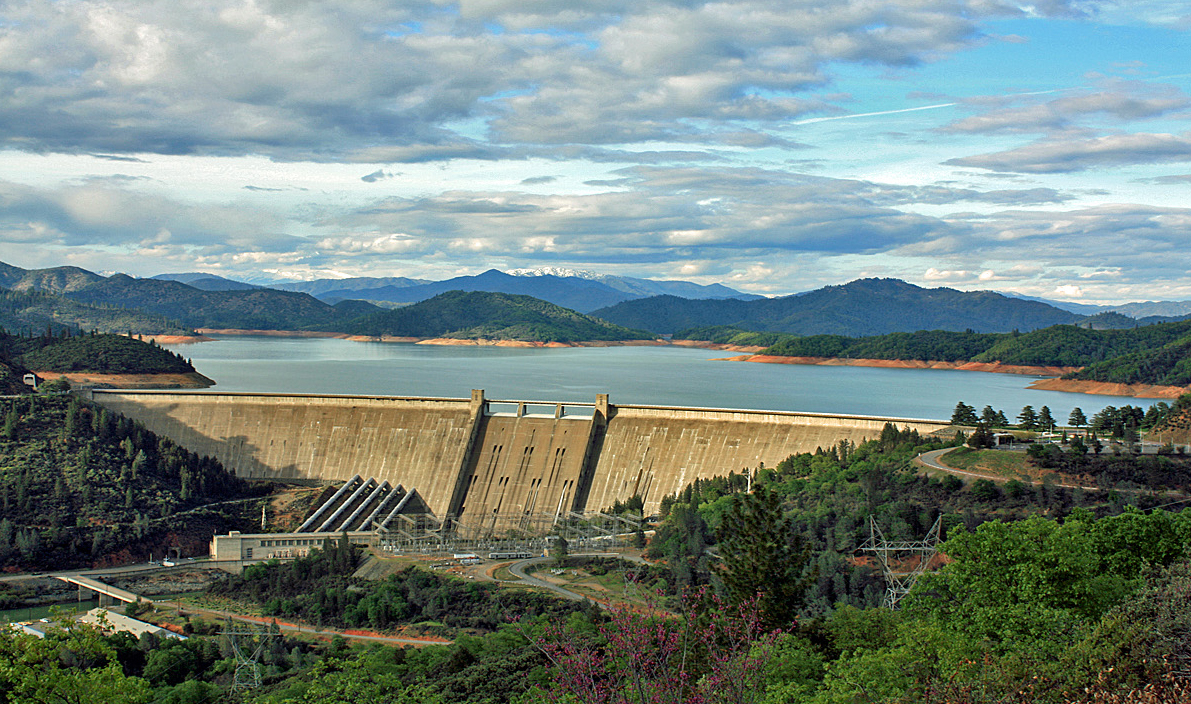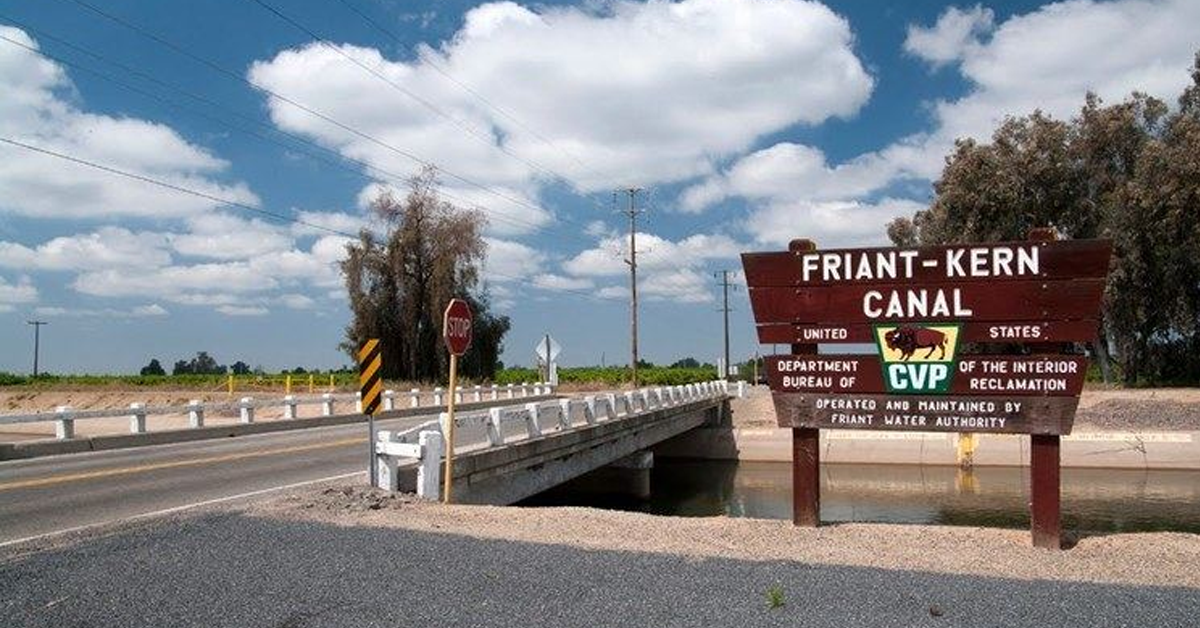After the torrential storms in January resulted in a record-setting snowpack in California, the concern was that the state would dry up and the snowpack would be quickly depleted.
With more storms on the way, the Golden State could end up with the most snow it has had in recorded history.
Driving the news: California’s snowpack currently checks in at 223 percent of what is normal for this time of year, according to the latest data provided by the California Department of Water Resources.
- The state’s snowpack measurement also bodes very well for the rest of the year with it coming in at 215 percent of the April 1 average. April 1 is the date when the snowpack is typically at its greatest.
By the numbers: The Northern Sierra region of the Sierra Nevada mountains is lagging behind the rest of the state, yet the snowpack is still vastly higher than average at 178 percent, and 174 percent of the April 1 average.
- The Central Sierra region has 227 percent of the average snowpack for this date and 219 percent of the April 1 average.
- The Southern Sierra region has received the most snowfall compared to its history with 272 percent of the snowpack for this day and 261 percent of the April average.
What we’re watching: California’s record-setting 1982-1983 season saw its snowpack draw close to 250 percent of the daily average by the end of April. Further storms over the next week are in the forecast, and a wet April would likely push the state over the record.
State of play: Reservoirs throughout California are mostly filled at or above their historical averages.
- Lake Shasta, California’s largest reservoir, is slightly behind at 70 percent of its total capacity, which is 93 percent of its historical average.
- But Oroville – at 82 percent capacity – is currently 124 percent of its historical average, and Folsom, New Bullards Bar, Don Pedro, McClure, Pine Flat, Millerton, Sonoma, Lan Luis and Cachuma are are filled beyond their historical averages.











